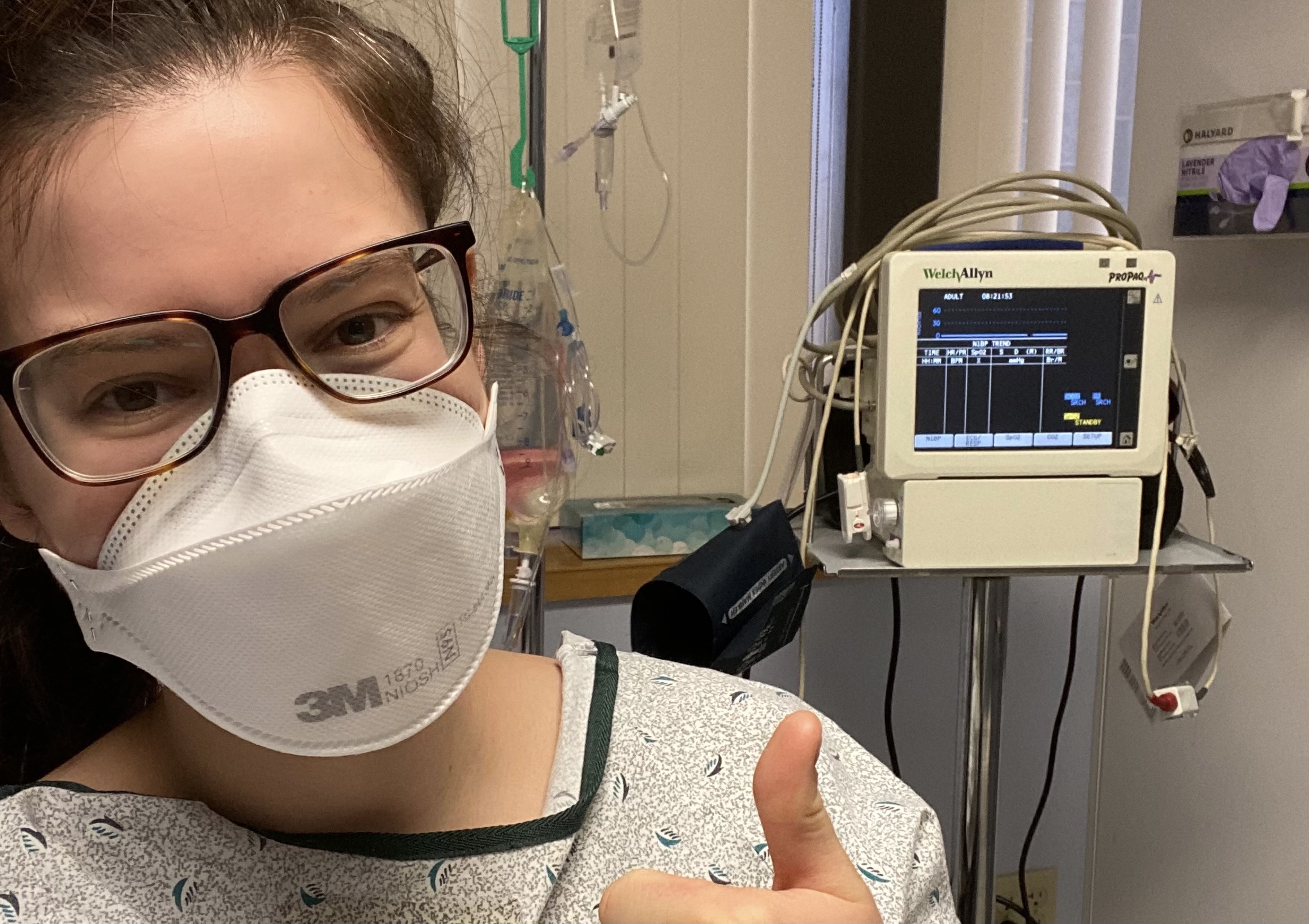It has been a difficult few months for the Canadian cystic fibrosis community.
While our country is widely known for being a world leader when it comes to publicly funded cystic fibrosis care and healthcare in general, the same cannot be said for its position on pharmacare. Many Americans will be surprised to learn that while Canada’s healthcare system covers medically necessary health and hospital care, once a patient goes to fill a prescription, universal public health insurance effectively ends.
In fact, every developed country in the world that has a universal healthcare system also has universal drug coverage…except Canada. Even though many Canadians have some form of coverage, Canada relies on a confusing patchwork of over 100 public prescription drug plans and over 100,000 private plans—with a variety of premiums, copayments, deductibles and annual limits. For a family with a complex condition such as cystic fibrosis, those costs can add up to a significant barrier.
For example, in my case, I was prescribed Symdeko in June of 2018. The drug is not currently funded by any public insurance plan, so I was forced to apply for funding through my employer sponsored insurance plan. From the date that my application was placed, it took more than 14 months to obtain drug as my private insurer “vetted” my application. I am one of the few lucky patients in Canada that has a best-in class insurance plan that covers any medication that has been approved by health Canada with no co-pay. In other words, once I was approved, I began receiving the drug ever month with no direct cost to me. Most private insurance plans are not this comprehensive; the vast majority have strict limitations on which medications are covered, co-pays that amount to 30% of the cost of the drug, and life time maximums that effectively limit the ability for a patient to take modulator therapy on a long term basis. For patients who are not lucky enough to have an employer sponsored private health plan, they are left without any chance of accessing these life changing medications.
Approximately 20 per cent of Canadians have inadequate drug coverage or no coverage at all and must pay out of pocket. A recent study found almost 1 million Canadians had cut their household spending on food and heat to pay for medication. Another found that one in five households reported a family member who, in the past year, had not taken a prescribed medicine due to its cost.
Obstacles to Access for Canadian CF Patients
All that to say, when Trikafta was approved by the FDA in October of 2019, Canadian CF patients knew that securing access would be a long and challenging road. After all, the only CF modulator that is currently publicly funded in Canada is Kalydeco, which was approved for a select number of mutations in 2012 after a long and arduous advocacy effort led by patients who were eligible for the drug. Orkambi and Symdeko, on the other hand, are currently only available to some patients who have certain types of private health insurance provided by their employer.
While it’s always been extremely challenging for the 4,300 Canadians living with CF to access expensive medications, the situation has recently become even more dire as the federal government has announced plans to introduce draconian measures designed to drop the maximum allowable prices of drugs by more than 20% and, more importantly, actual prices by 40% to 90%. The government claims that the changes are required because prices for patented drugs are too high. In addition, the government will regulate net prices using “pharmacoeconomics” methods to calculate a cost-effectiveness threshold representing the upper limit of the public health-care system’s willingness-to-pay for any new drug. The threshold is defined by the cost per “Quality Adjusted Life Year” gained from using a drug.
The net result is that these regulations will reduce the availability of new medicines in Canada. In fact, Vertex Pharmaceuticals has openly stated that it is refusing to submit Trikafta for Health Canada approval (the Canadian equivalent to the FDA) because it recognizes that the proposed regulations will effectively negate their ability to make any profit whatsoever on this medication.
Canada Falling Behind as a World Leader in CF Treatment
The sad irony is that Canada has historically been known as a world leader when it comes to research, treatment, and patient care for CF. In 1989 a team of researchers led by Dr. Lap-Chee Tsui at The Hospital for Sick Children (SickKids) in Toronto discovered the gene that causes cystic fibrosis. At the time, CFTR was the first disease-causing gene to be identified and was touted as “one of the most significant discoveries in the history of human genetics.”
In 2017, research published in the Annals of Internal Medicine, suggested that Canadian CF patients live more than 10 years longer on average than patients in the U.S. (when controlled for commercially insured Americans, the life expectancy is quite similar to Canada, whereas its actually Medicare patients who are harmed most and bring the median down). The study found that the median age of survival for Canadian patients was 50.9 years while the median life expectancy in the U.S. was 40.6 years.
Unfortunately, the stark reality is that while many CF patients in the US and other parts of the world have been posting to social media about Trikafta’s incredible ability to improve lung function, lower exacerbation rates, and generally improve quality of life, Canadian patients are getting sicker by the day. The reality is that this situation is not unique to Canada; in fact, there are thousands of CF patients worldwide who have been unable to secure affordable access to these lifesaving medications. As a global community, we have come so far. CF patients are now going to school, starting careers, and even having families of their own; however, for all the progress that has been made, it seems our biggest challenge may still lay ahead of us.
About the Author: Erick Bauer is a 35-year-old CF patient from Toronto, Canada. He has built a successful career in marketing and communications and currently works as the Director of Global Public Relations for the New York based research firm, The NPD Group. He is also a curriculum development consultant and instructor at York University where he teaches several graduate classes in Public Relations and Communications. He holds a university degree from York University and an MBA from Wilfrid Laurier University. Erick lives in Toronto with his wife Stefanie, two-year-old son Benjamin, two month old daughter Samantha, and their first child – Phoebe the French Bulldog

The views expressed on any guest column are that of guest contributors, and not necessarily those of Gunnar Esiason or the Boomer Esiason Foundation. Nothing in these blogs/articles should be considered medical or financial advice; such advice can only be given by a board certified physician or certified professional who is experienced with cystic fibrosis, healthcare coverage or state and federal laws. The Boomer Esiason Foundation, Gunnar Esiason, and guests cannot be held responsible for any damage which may result from using the information on this website.




